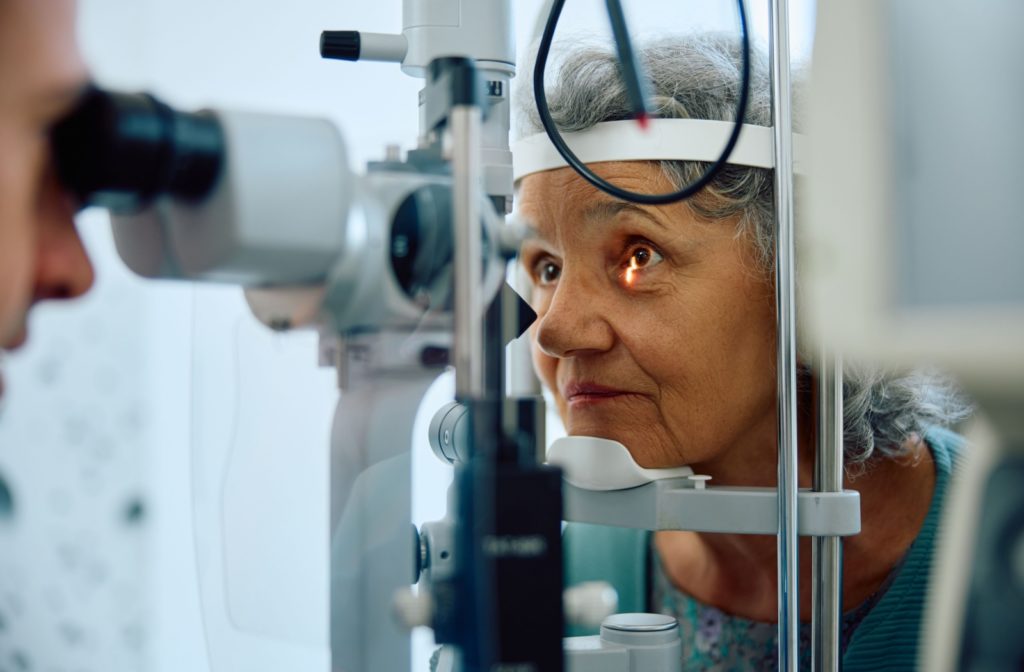All Categories
Featured
Table of Contents

Normal eye exams are essential for keeping good vision and detecting prospective eye health issues early. The regularity of these exams can vary substantially based on an individual's age, way of living, and general wellness. Recognizing the recommended schedule for eye examinations can assist make sure that people of all ages obtain suitable care and surveillance for their eye wellness.
Newborns and Toddlers (0-2 Years)
For toddlers and babies, eye tests are vital for finding any type of possible vision problems early. The American Academy of Ophthalmology suggests that a kid's very first eye exam ought to take place at around six months old. Throughout this first browse through, the eye care professional will assess the youngster's aesthetic advancement and check for any type of noticeable eye concerns.Following this first exam, it is suggested that youngsters have an additional eye test at age 3. This visit will certainly concentrate on examining the child's overall visual function, consisting of eye positioning and the capacity to track items. If no issues are identified, the next test needs to be set up before the kid begins institution, typically around age 5 or 6.
School-Aged Children (6-18 Years)
Once kids get to school age, routine eye exams need to be set up every one to two years. Vision is important for learning and advancement, and numerous schools perform vision testings. These screenings do not change an extensive eye exam by an eye treatment specialist.For children associated with tasks or sports needing significant aesthetic focus, yearly eye exams might be advisable. Additionally, if a child displays indications of vision problems-- such as problem checking out, squinting, or frequent frustrations-- a browse through to the eye physician should be arranged immediately.
Youthful Grownups (19-39 Years)
Young adults typically have less vision changes than older age, however regular eye examinations continue to be crucial. The general suggestion is to schedule an eye test every two years during this duration. However, individuals with certain risk factors-- such as a family background of eye condition, diabetes mellitus, or those that use call lenses-- should consider annual eye examinations.Furthermore, those that invest significant time on electronic devices may experience electronic eye strain. If symptoms such as dry skin, exhaustion, or obscured vision take place, it might be a good idea to see an eye care specialist faster.
Adults (40-64 Years)
Adults aged 40 to 64 need to arrange eye tests every one to 2 years. Eye tests can additionally assist detect other usual age-related problems such as glaucoma, cataracts, and macular deterioration.If people in this age team have threat elements such as high blood pressure or diabetes, they may require even more frequent exams to check their eye health and wellness closely.
Senior Citizens (65 Years and Older)
For elders, normal eye examinations come to be also more vital. The American Optometric Association suggests that individuals matured 65 and older have an eye examination at the very least annually. Older adults are at a higher threat for numerous eye diseases, including cataracts, glaucoma, and age-related macular degeneration. Early discovery and therapy of these conditions can protect against vision loss and enhance the quality of life.Conclusion.
Recognizing the suitable timetable for eye tests based on age is important for keeping ideal eye wellness throughout life. By adhering to these guidelines and seeking advice from with an eye treatment professional, individuals can take positive steps toward protecting their vision and overall health.Table of Contents
Latest Posts
Host Your Perfect Event: Place Rental Alternatives for Every Event
Published en
1 min read
Host Your Perfect Occasion: Venue Rental Choices for Every Occasion
Published en
1 min read
Experience the Boogaloo: Dining, Drinks, & Sports at FunCity Resort
Published en
2 min read
More
Latest Posts
Host Your Perfect Event: Place Rental Alternatives for Every Event
Published Mar 24, 25
1 min read
Host Your Perfect Occasion: Venue Rental Choices for Every Occasion
Published Mar 18, 25
1 min read
Experience the Boogaloo: Dining, Drinks, & Sports at FunCity Resort
Published Feb 11, 25
2 min read